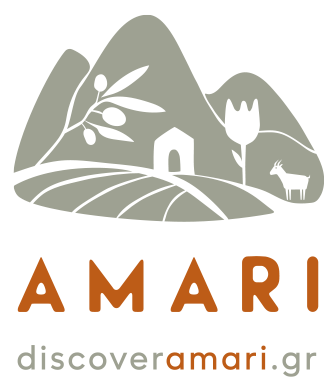The church of Panagia Kera is located in a lush olive grove on the outskirts of the Nefs Amari settlement. According to sources, in 1600, the church was already a Catholicon of a monastery and belonged to the Asomata Monastery.
The temple was built in the 13th century on the ruins of a mid-Byzantine church, however, it has seen many construction interventions, which have changed the appearance of the building. Today, it takes the form of a large domed three-aisled basilica with a transversal narthex to the west and a small chapel to the northwest. On its south side, an impressive stone-carved doorway with late-Gothic decoration is preserved, which bears on the lintel the coat of arms of the Kallergon family, one of the strongest in Venetian-occupied Crete.
In the interior of the church, a fragmentary mural decoration has been preserved, which has recently been preserved and restored by the Ephorate of Byzantine Antiquities. Most of the preserved frescoes are located in the central part of the sacred step. In terms of technique, the frescoes are characterized by flatness and strong linearity, following a conservatism that prevailed in Crete in the 13th century.
